Guntur: ABS Sastry pores over Vedic texts preserved on palm leaves, looking for scientific breakthroughs in space exploration, military technology, and climate change. “The answers are in the Vedas,” he says. And he has a team of former scientists from the Indian Institute of Science, the Council of Scientific and Industrial Research, and the Indian Institute of Astrophysics help him.
As head of the Srimaharshi Research Institute of Vedic Technology (SRIVT) in Andhra Pradesh’s Guntur, Sastry has collaborated with the DRDO, ISRO, IIT-Madras, and other top institutions in the country.
“All the latest areas of science and technology that we are experimenting with today have comparable mentions in our scriptures. You name any area—astronomy, material sciences, aeronautics—our scriptures mention it all,” said Sastry.
Known as ‘Nano Sastry’ to his colleagues, Sastry is convinced that India’s ancient scriptures hold the answers that modern science seeks. Straddling the past and future, he is riding the wave of renewed interest in Vedic sciences.
Today, the two-storey Srimaharshi Research Institute of Vedic Technology, nestled in a quiet residential neighbourhood, is a recognised PhD centre for several IITs. It has developed corrosion-resistant copper alloys and nano iron for infrastructure applications. Sastry says he is currently in talks with BITS (Birla Institute of Technology and Science) to develop courses for future engineers and scientists. But every day, before entering the office, the scientists at the institute first offer prayers at the temple within the compound.
All the latest areas of science and technology that we are experimenting with today have comparable mentions in our scriptures. Astronomy, material sciences, aeronautics, our scriptures mention it all—Vedic scholar ABS Sastry
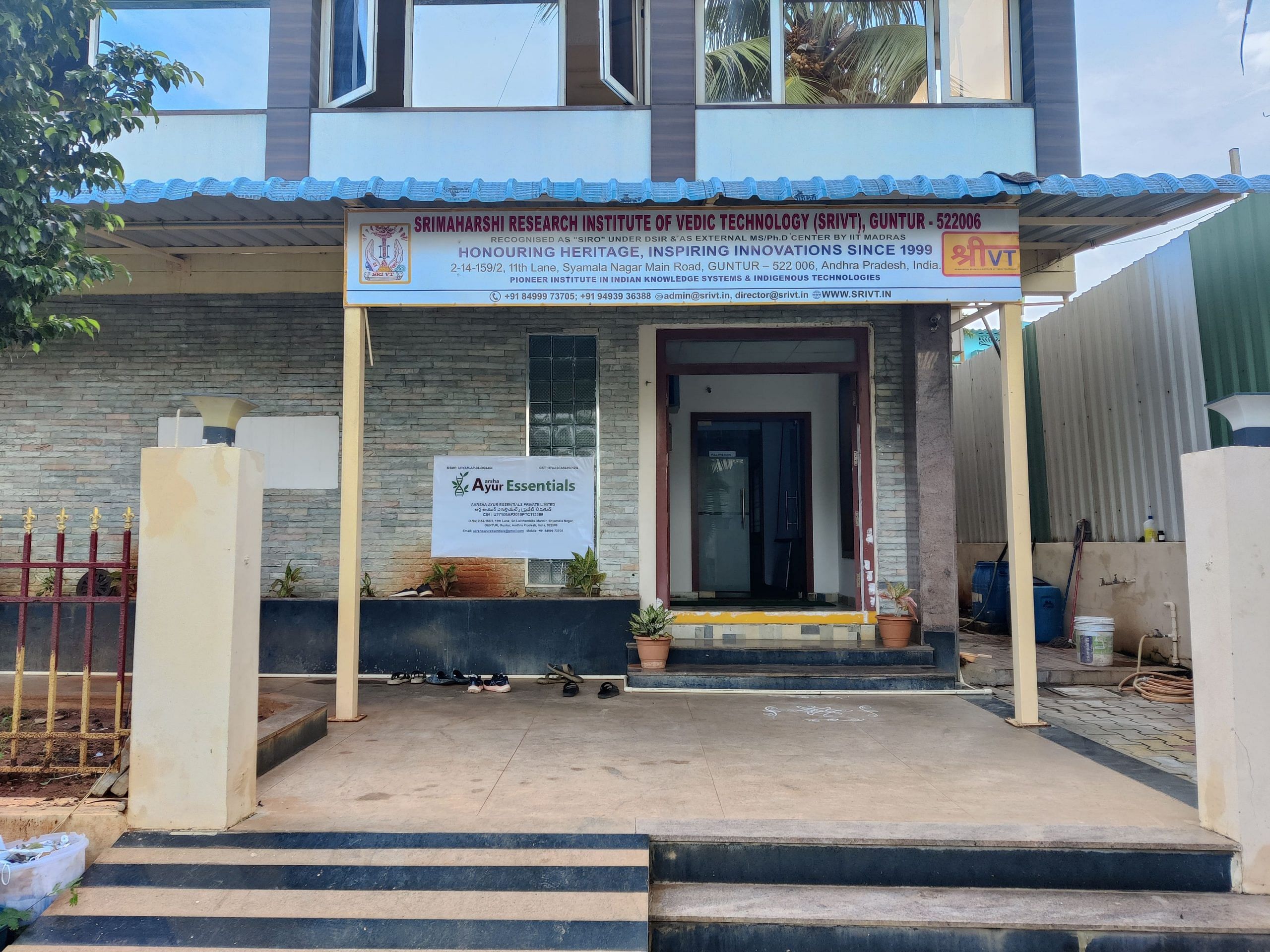

“SRIVT is a melting pot of ‘Sanatana’ (ancient knowledge) and ‘Sanootana’ (modern knowledge),” Sastry explained. A large ring gleams on his hand. It’s meant to align the stars positively, he said.
SRIVT was Sastry’s life dream. Despite having no formal scientific background, he established the institute in 1999, which soon gained recognition from the government’s Scientific and Industrial Research Organisations (SIRO) under the Department of Scientific and Industrial Research. Since its inception, SRIVT has earned grants worth crores and collaborated on projects with top government organisations, including the Defence Research and Development Organisation (DRDO) and the Indian Space Research Organisation (ISRO).
This year, SRIVT celebrated its 25th anniversary by organising a two-day conference in Hyderabad, attended by prominent scientists such as G Satheesh Reddy, former chairperson of DRDO; V Ramgopal Rao, vice-chancellor of BITS; and P Reddanna, emeritus professor at the University of Hyderabad. Vedic scholars were integral to the event, where discussions covered topics ranging from the science behind rituals and traditions to ancient medical practices and their applications today.
In recent years, discussions on ‘Vedic sciences’ have increasingly gained traction in government-sponsored scientific forums. In 2022, the government’s science departments held a series of conferences on the five primal elements or ‘panchamahabhoot’—agni (fire), vayu (air), jal (water), aakash (space), and prithvi (earth)—to explore connections between modern science and ancient Indian wisdom. It is Sastry’s moment in the sun, but others question this embrace of traditional knowledge as science.
SRIVT is a melting pot of ‘Sanatana’ (ancient knowledge) and ‘Sanootana’ (modern knowledge)—ABS Sastry
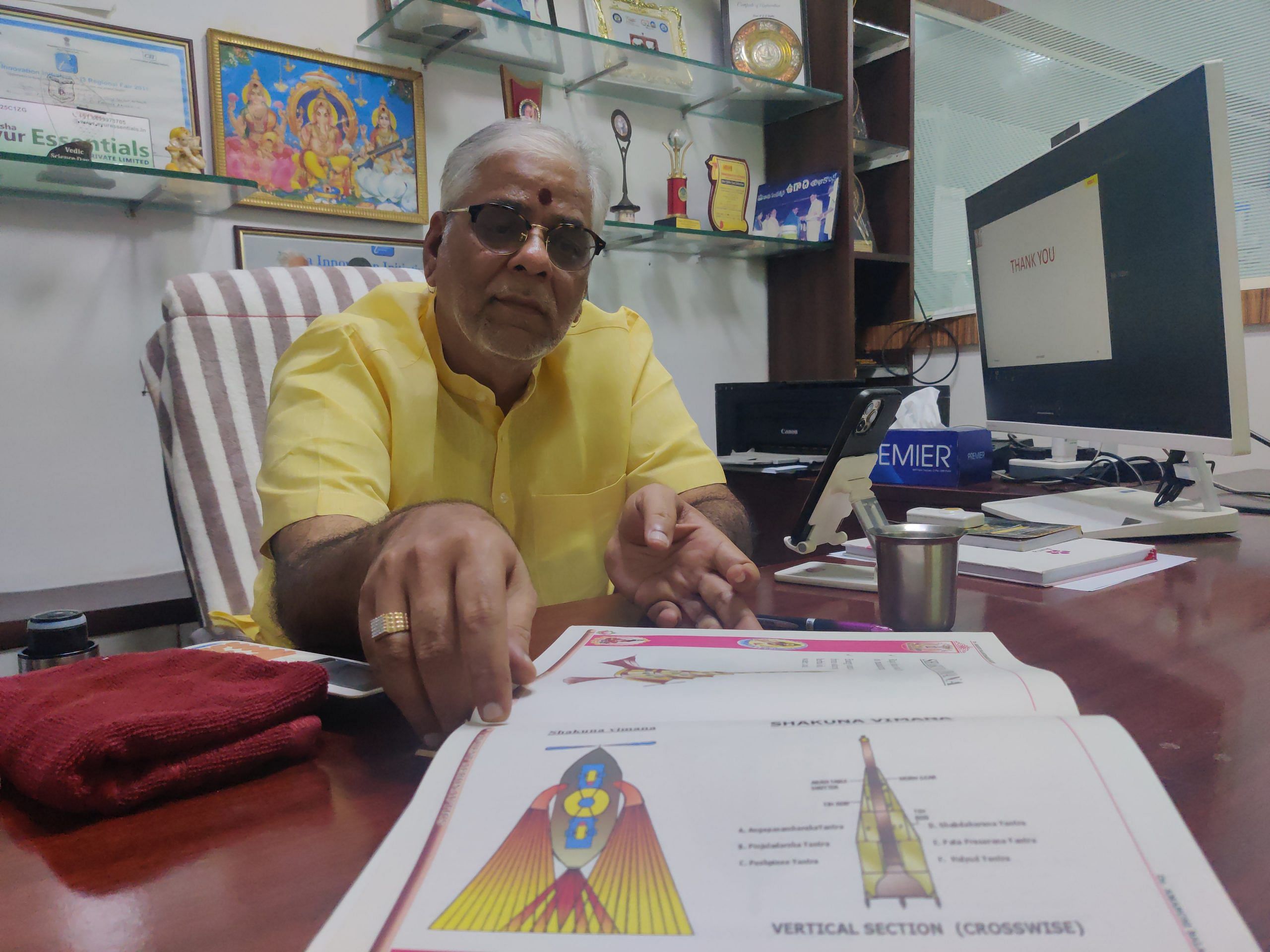
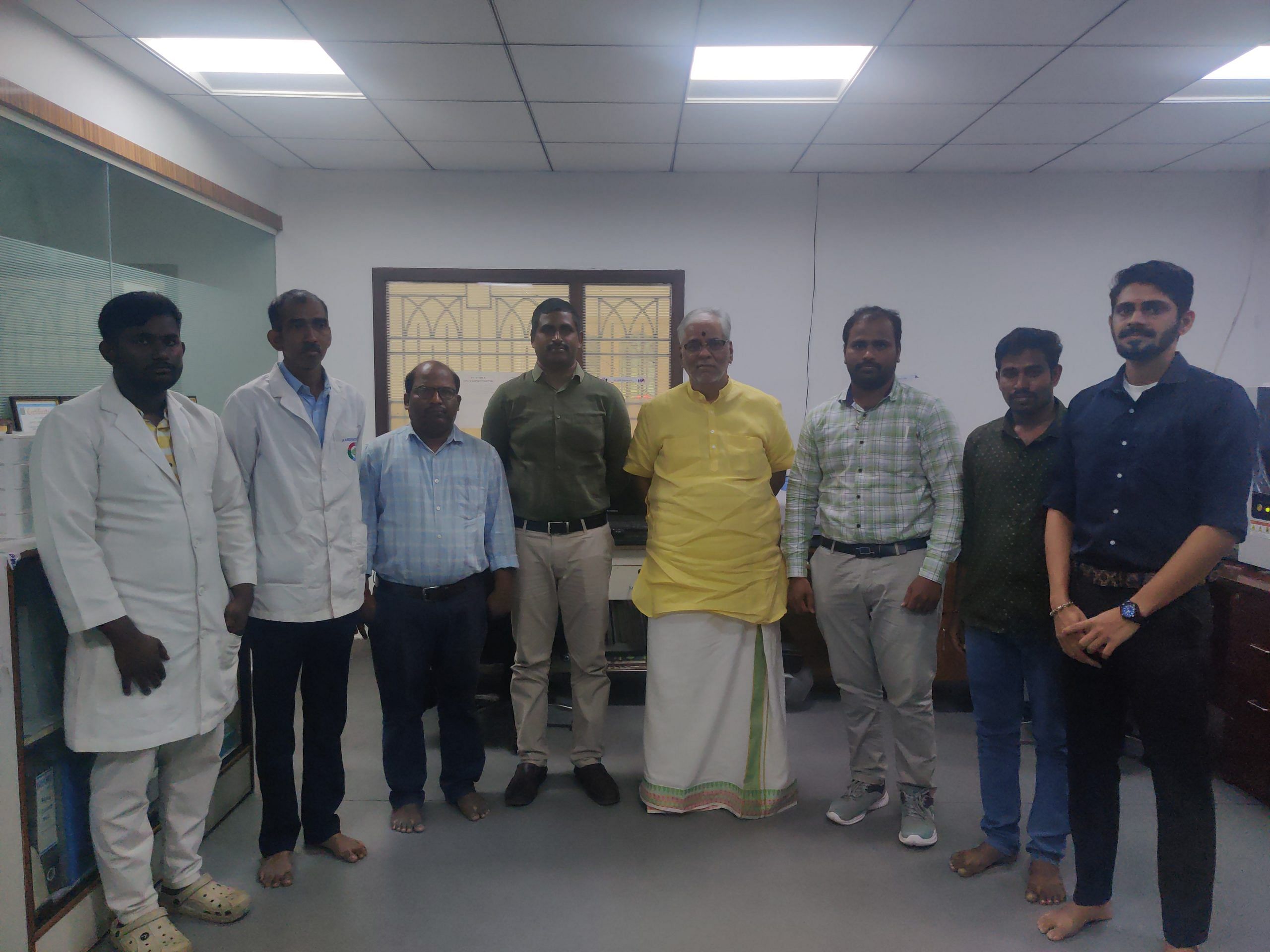
Segments dedicated to ‘Vedic Sciences’ have also appeared in top conferences like the annual India International Science Festival (IISF) and the Indian Science Congress. This stirred a furore among scientists.
“There is no harm in studying ancient scriptures and appreciating ancient knowledge, but we must not confuse it for science,” said Soumitro Banerjee, former director of the Indian Institute of Science Education and Research (IISER), Kolkata.
But Sastry is unperturbed by the backlash. He even claims to have a solution for Delhi’s recurring winter pollution: organise simultaneous ‘homams’ at eight locations around the capital for 35 days.
“Modern sciences have limitations,” he said.
Also read: Stop looking for scientific discoveries in holy books, be it the Vedas or the Quran
From space to defence tech
With its rusty name board, a temple, a small kitchen garden, and a ‘knowledge’ room packed with stacks of Vedic texts, scriptures, and rolls of old diagrams, SRIVT is nothing like a traditional scientific institute. Though much of the ancient documentation has been digitised, Sastry prefers to read directly from the palm leaves in his hunt for the next “breakthrough discovery.”
The texts may be ancient, but the institute has invested in the latest technology like bioreactors, metallurgy facilities, and nanoparticle size analysers. Its second floor has heavy-duty machinery, including a scale-up reactor facility that transitions lab work to commercial operations.
“We are not against modern science. Our rishis and munis found sustainable solutions to these problems centuries ago. The Kauravas in Mahabharata were test-tube babies; the Pushpaka Vimana in the Ramayana proves our knowledge of aeronautics. This knowledge got lost, and our purpose is to regain it,” Sastry said.
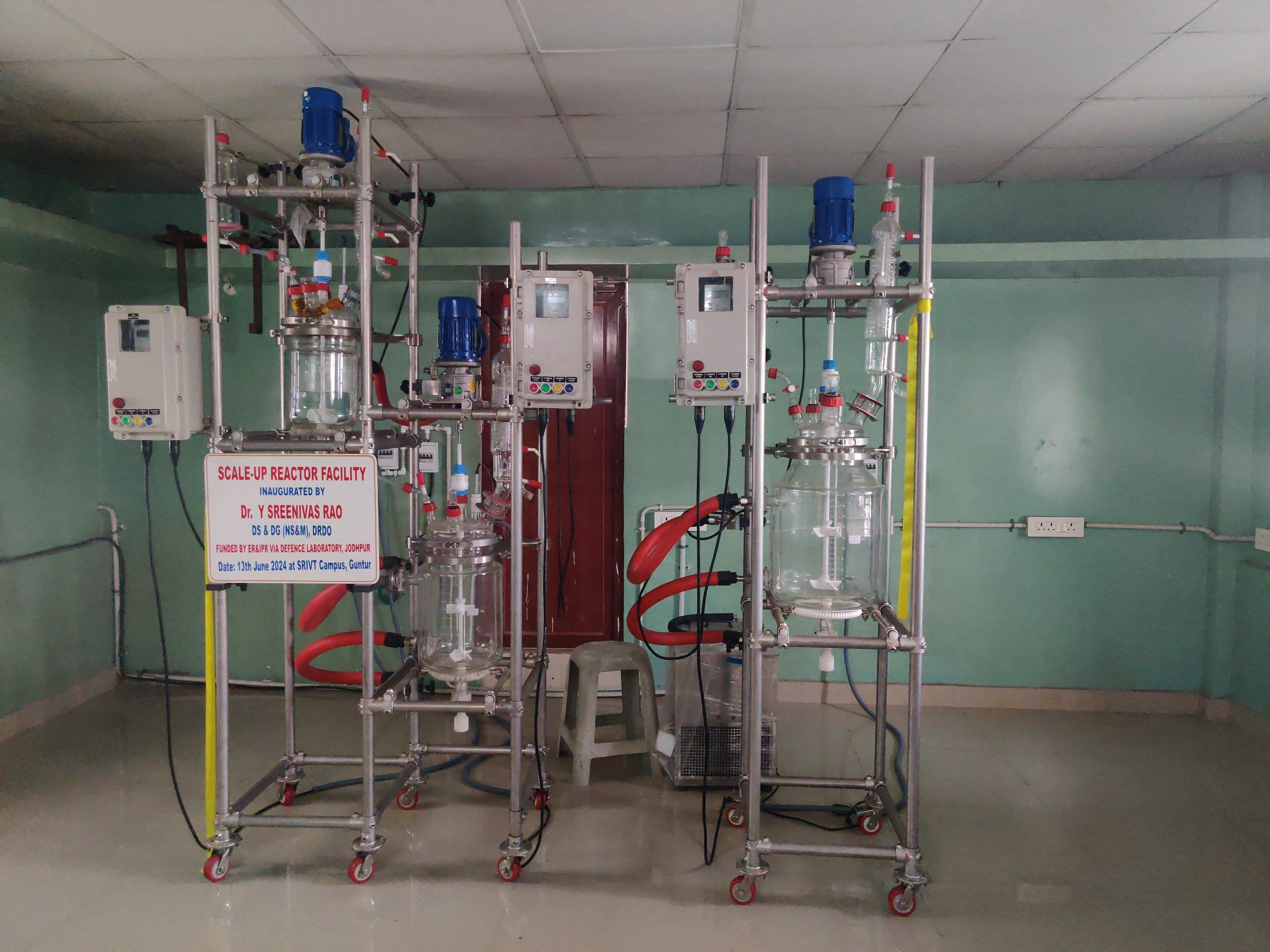

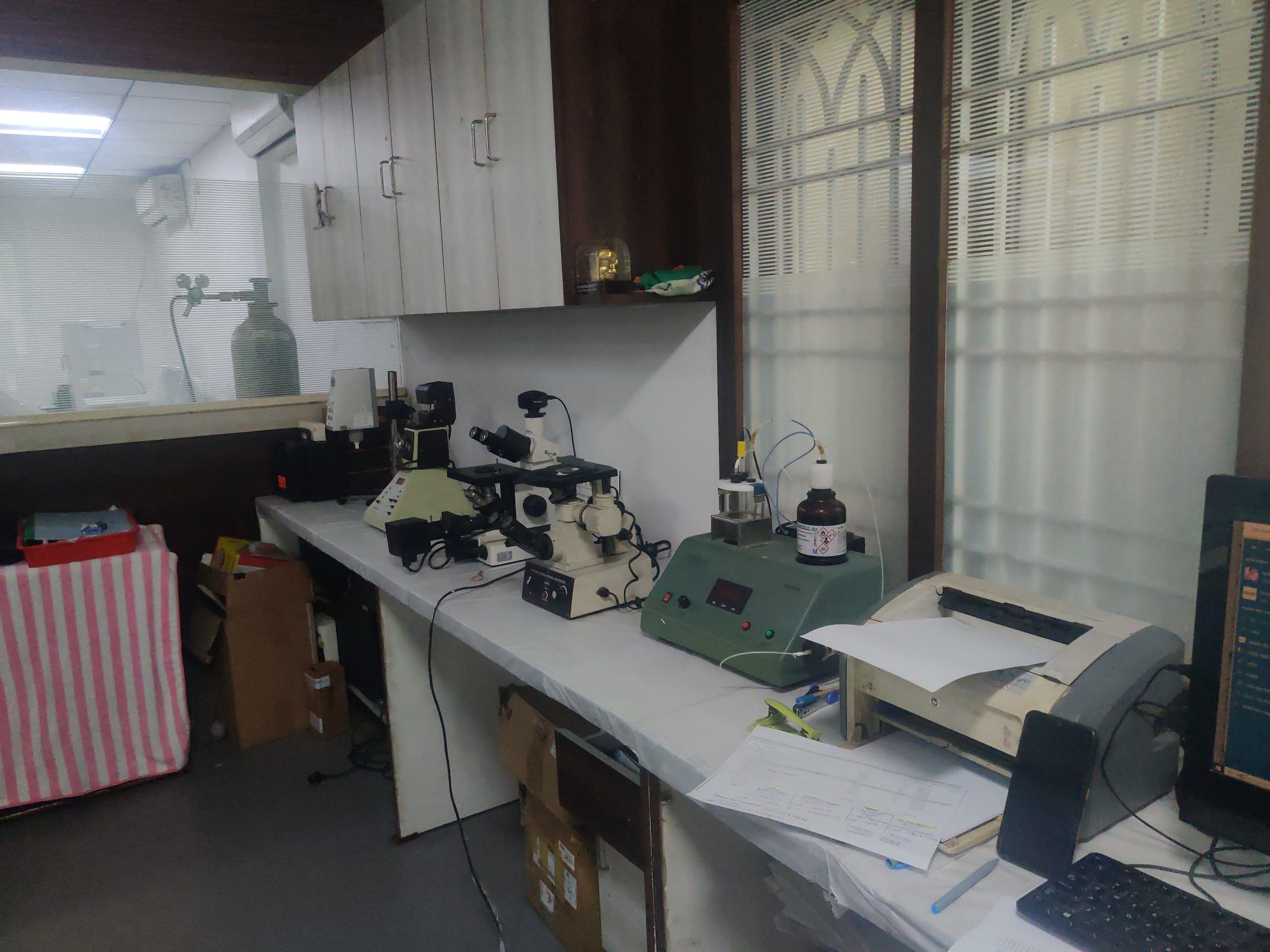
In the last decade, SRIVT scientists have developed copper alloys, nano iron, and nano metals for various defence applications, such as submarine coatings, bulletproof vests, and ballistic missiles—technologies that DRDO scientists are also working on.
SRIVT’s first big ticket government project was in 2007, for the office of the principal scientific advisor, to develop corrosion-resistant copper alloys. According to Sastry, his institute was working in the shadows for years—until the government discovered it. In 2006, a few scientist friends from IIT-Madras visited SRIVT and noticed copper powder laid out on old newspaper to dry under the sun—like papads.
When one of them asked how the sheets were resisting corrosion despite prolonged exposure, Sastry shared his findings about a herbal concoction derived from ancient texts. He claimed that a simple dip in the mixture imparted “at least 70% anticorrosion properties” to the copper.
“I am not endorsing any institute, but science should not be placed in compartments. Who defines what is true science and what is pseudoscience? We must encourage any institute or individual who shows promise to work for national growth,” said an 82-year-old former IIT-Madras scientist, who was in the group that recommended SRIVT for its first government project.
He pointed out that even scientists at the ISRO make it a point to visit a temple before every launch; women scientists wear traditional sarees, and equipment is blessed before a project begins.
“Does that make them any less scientific?” asked the scientist, who did not want to be named.
A DRDO spokesperson declined to confirm collaborations with SRIVT, but scientists at SRIVT showed documents of past collaborations with DRDO’s Advanced Systems Laboratory (ASL) and High Energy Materials Research Laboratory (HEMRL).
Since the IIT-Madras team’s visit, SRIVT has partnered with various government institutes and private industries to develop technologies with real-world applications. In 2019, it partnered with the ISRO to develop nano super alloys containing specific properties.
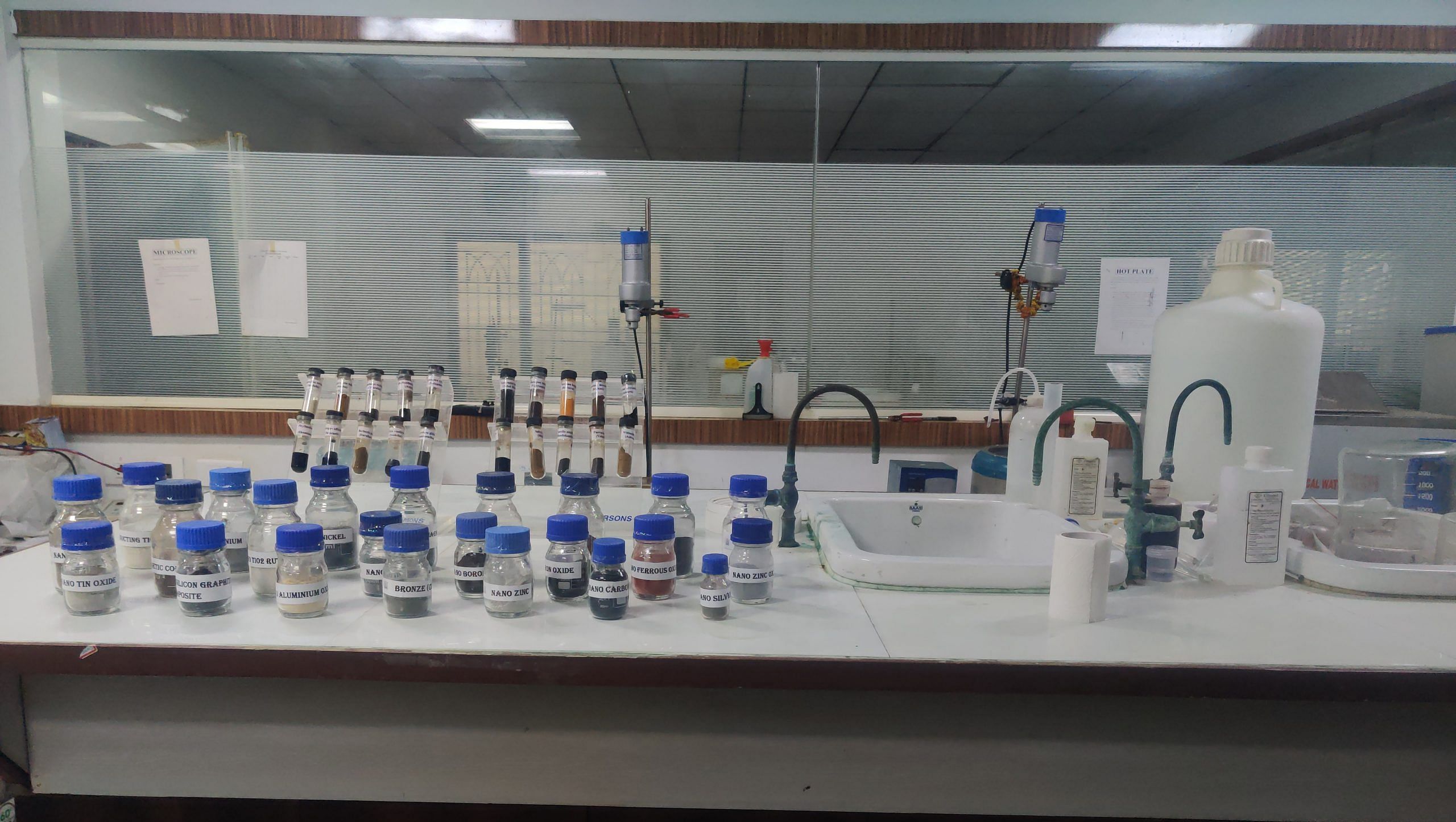
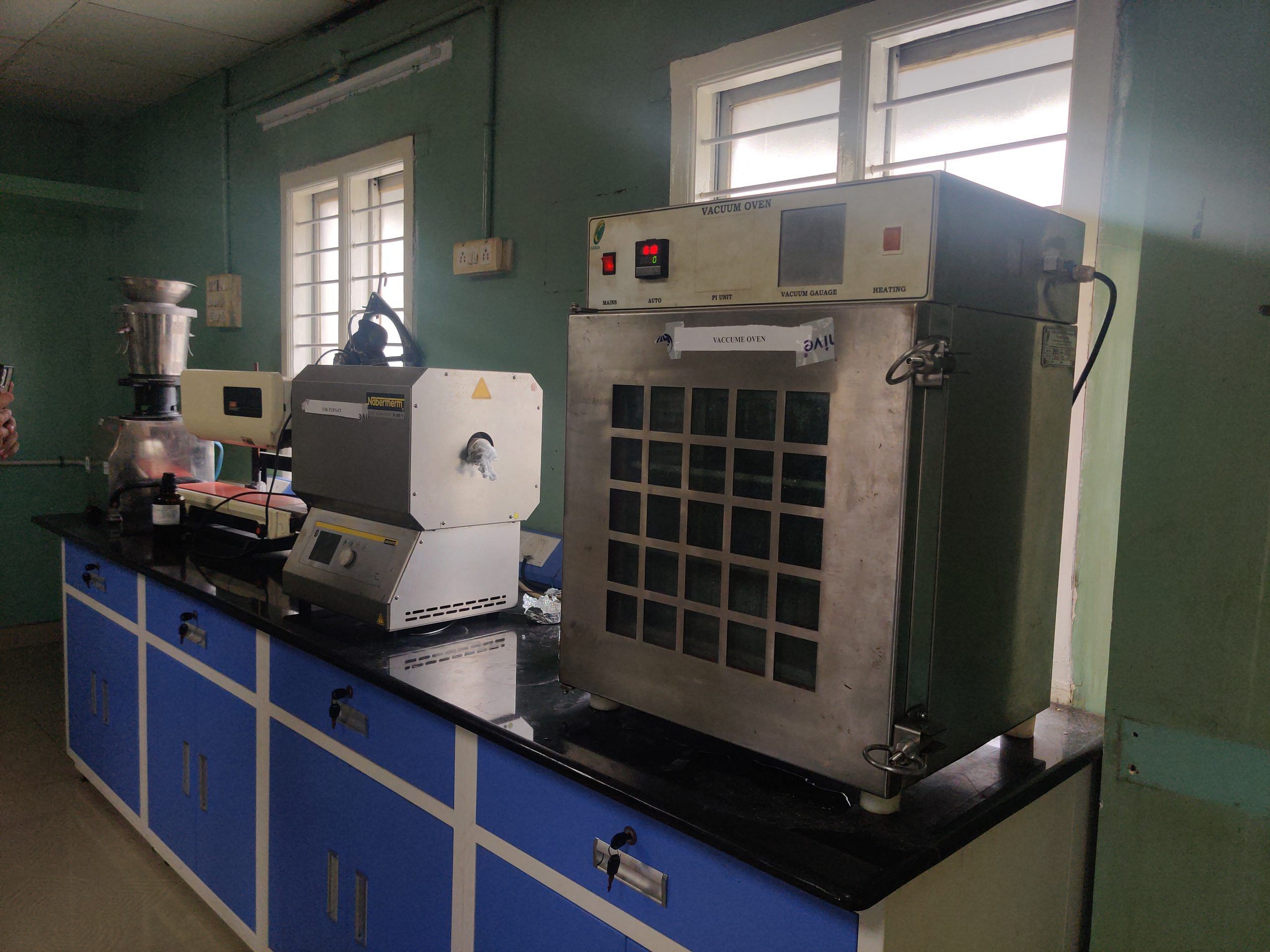
Also read: Calling Harappan Civilisation ‘Vedic Saraswati’ is extreme—learn to hold a trowel first
‘Clockwork’ research at SRIVT
When Sastry launched SRIVT in Guntur, neighbours would call him the ‘Kitchen Scientist’. Today, the institute holds two patents for processes to prepare nano-metals and nano-alloys, with Sastry as the principal author.
Along with developing nano-alloys with ancient herbs, SRIVT also swears by rituals to address national problems like drought, floods, and pollution. A prime example is the ‘homa therapy’ that Sastry proposed for reducing Delhi’s pollution, mentioned in the institute’s July newsletter.
“The world is facing an emergency situation with environmental pollution, climate change, biodiversity loss. It makes sense to look into all possible solutions,” the newsletter reads. “One such promising solution comes from Vedic knowledge in the form of Agnihotra, a simple fire technique for purification of our atmosphere, our soil, our water resources, which brings nature back to harmony.”
Sastry claimed to have performed a ritual at Tirupati a few years ago as part of an ISRO’s curiosity experiment.
“A few villages were experiencing drought for five years. During the rituals, it started raining heavily. It can be done,” he claimed. However, an ISRO spokesperson denied any knowledge of this experiment.
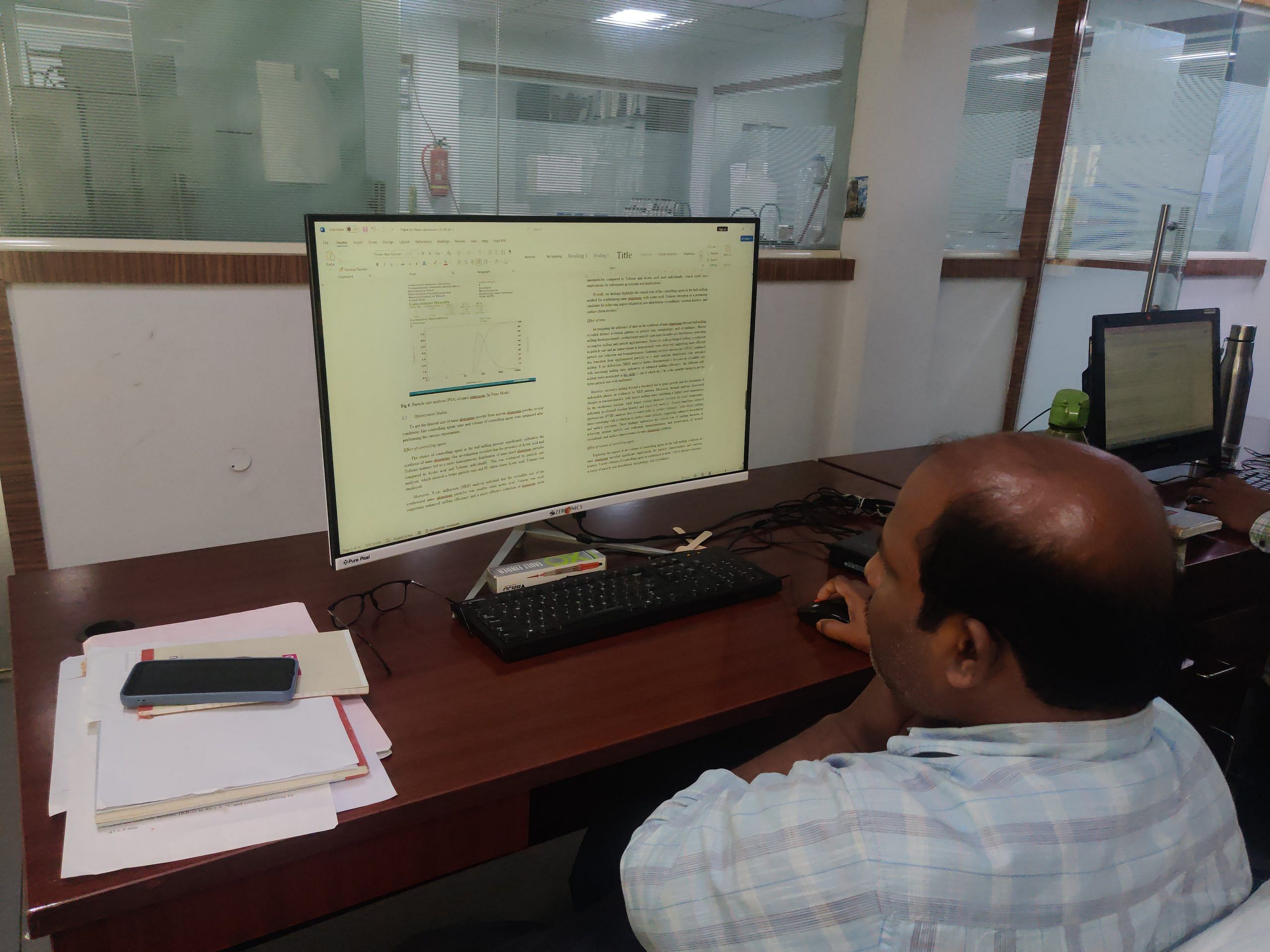
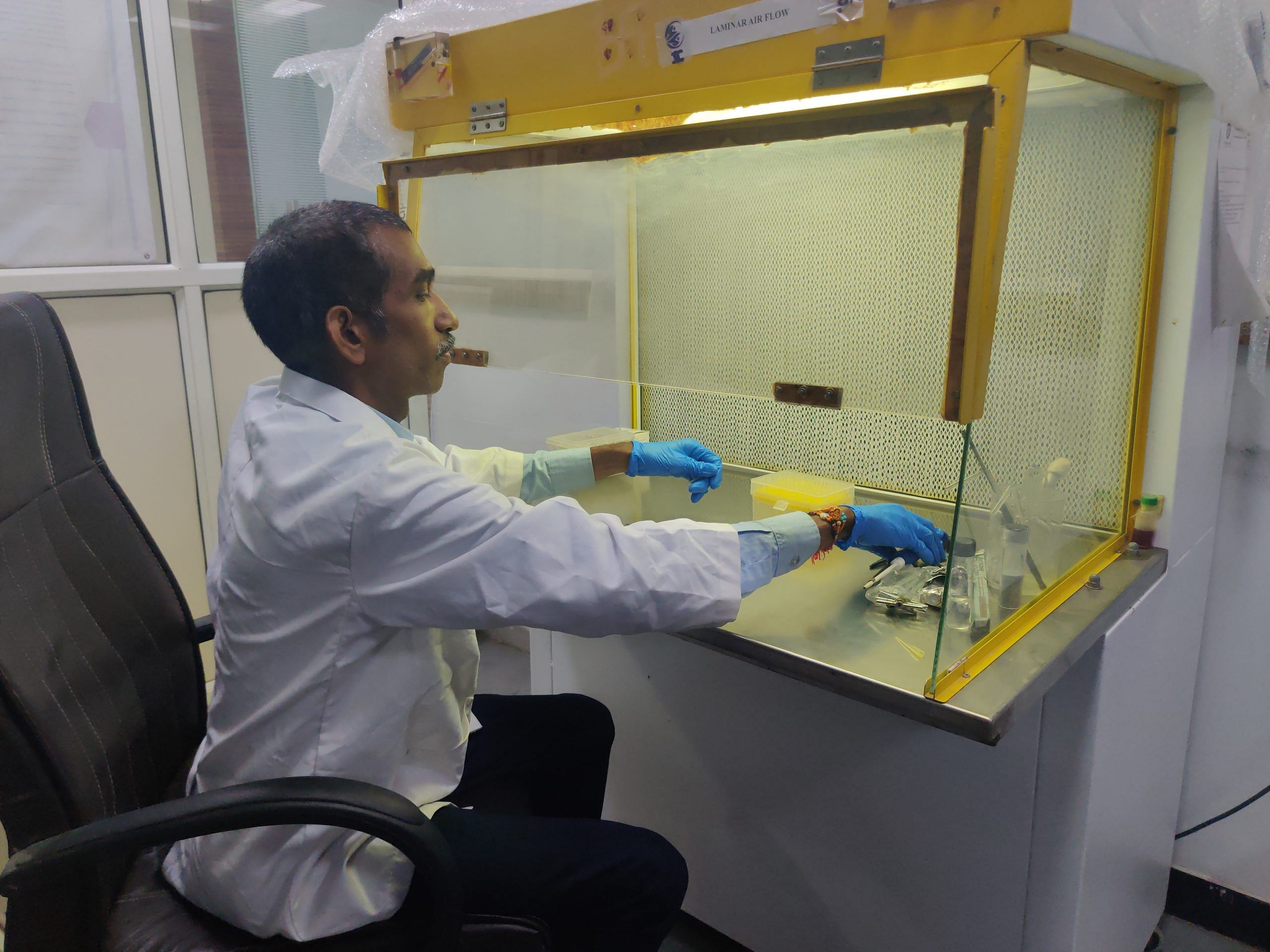
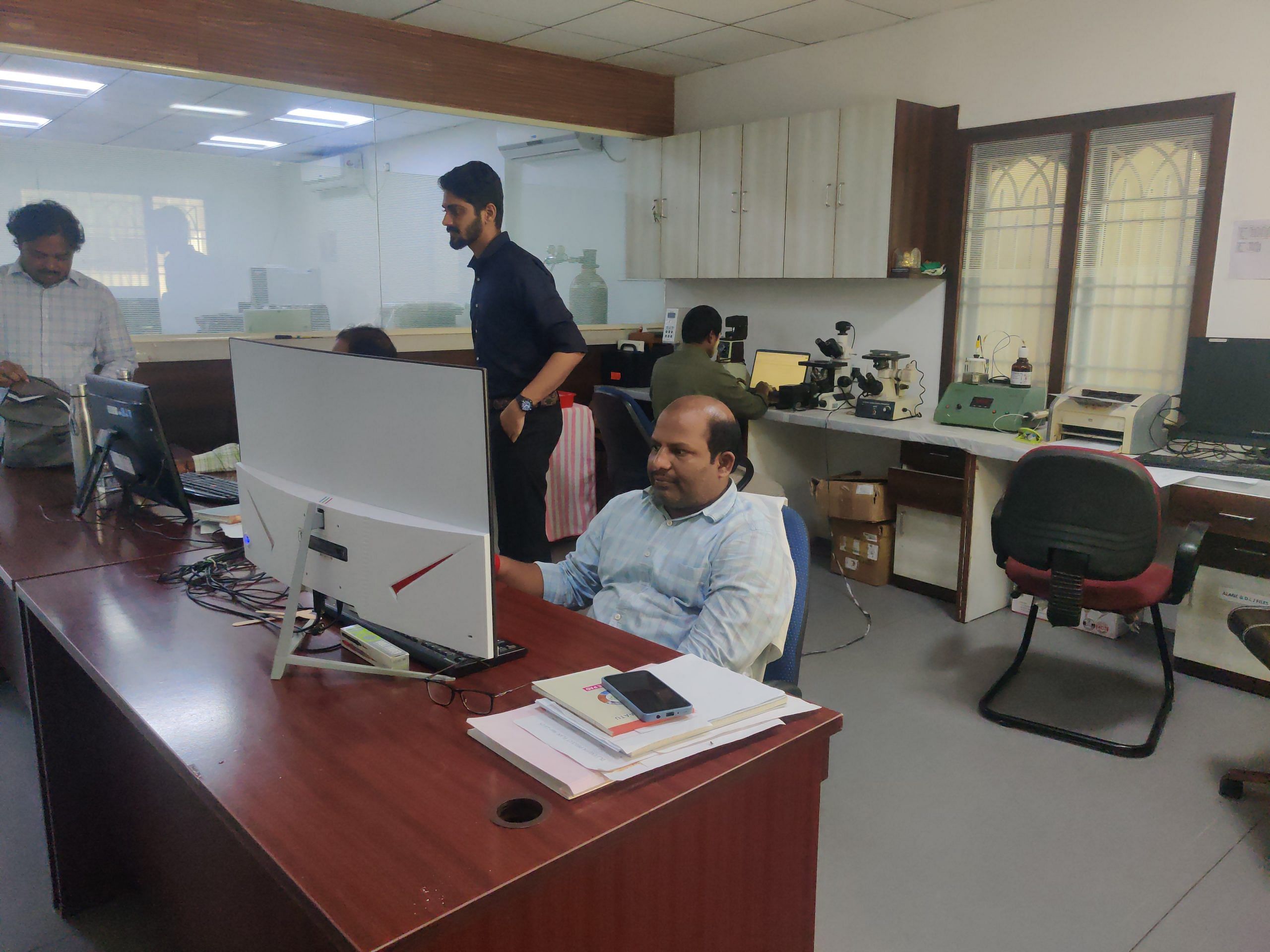
At SRIVT, the research process is like clockwork. Sastry forms the Vedic part of the institute, while his team of 15 scientists provides scientific backing for his interpretations of the texts. He begins by deciphering shlokas from ancient texts, which are either in Pali or Sanskrit. Once specific sections are decoded, the scientists take over to conduct experiments.
“We work backwards to figure out which modern elements or materials would be the closest to attaining the results mentioned in the texts,” explained Sriraam KS, a 25-year-old scientist at SRIVT who has been with the institute for two years. . This involves detailed experiments and analysis.”
Also read: Govt’s Vedic wisdom won’t help India. Decentralisation can, says economist Pranab Bardhan
In search for a successor
For Sastry, SRIVT is more than a science institute. He wants to build an army of young scientists who take pride in India’s traditional scientific knowledge.
“I am the only one in the institute who can decipher the texts. Once I retire, there is a risk of what will happen to the institute’s future,” Sastry said.
So far, he hasn’t found a “worthy student.”
Until he finds his Arjun—someone who can master both Vedas and science—Sastry is willing to train young scientists.
One such student is Sriraam, who joined in 2022 as a sceptic. A nanomedicine graduate from Amrita Institute in Kerala, Sriraam grew up in a family that encouraged scientific temperament.
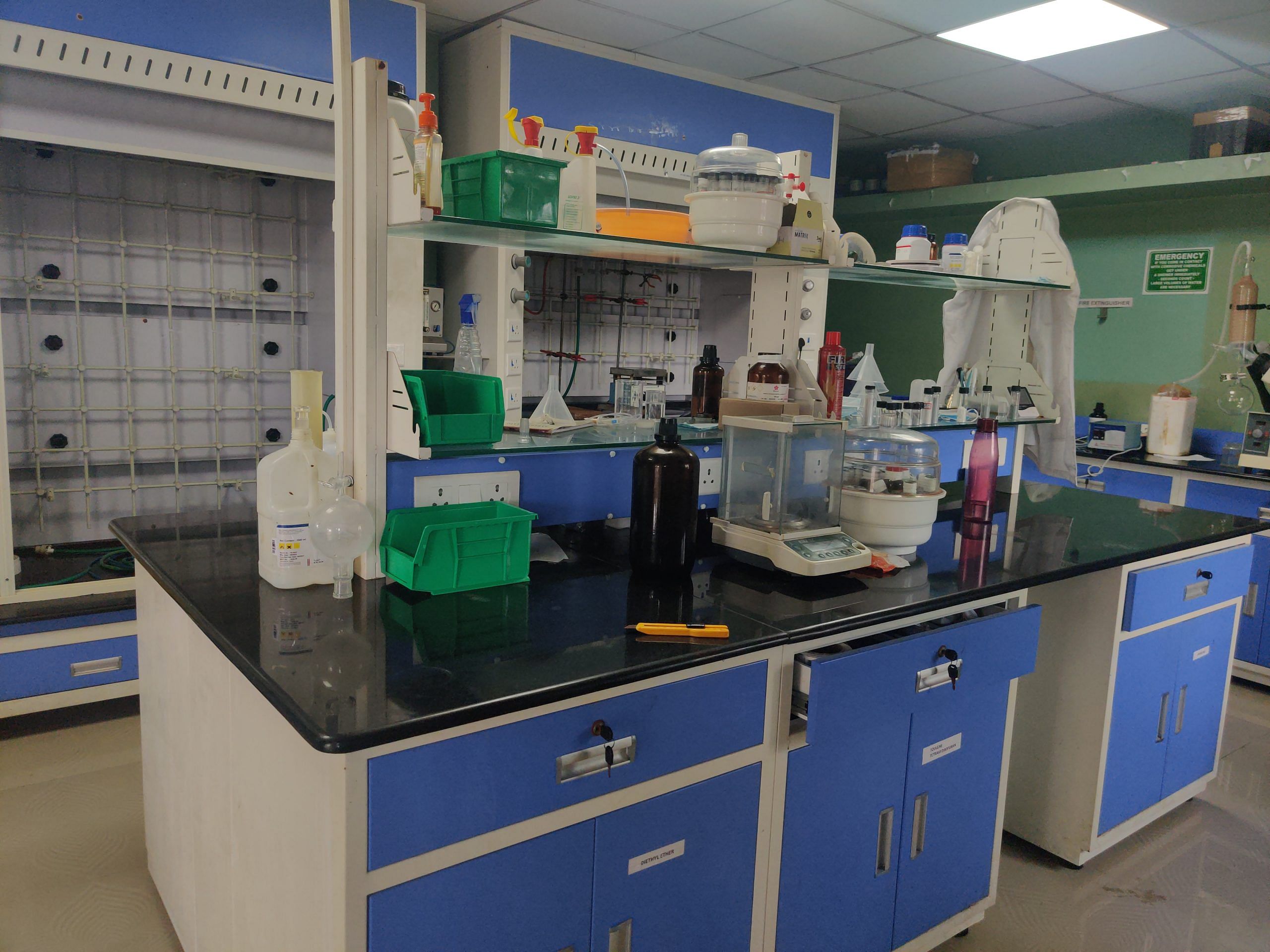
“When I was told about Sastry garu (sir), I was full of questions. But everything here is based on science. The outcome of each shloka is backed by experiments,” he said.
He is learning to approach science with an “open mind.”
“If there is one way of reaching a destination, there can be an alternate route. Just because you are unaware of it does not mean it is incorrect. It is just a different approach,” Sriraam said.
This is the core philosophy at the institute, where many scientists once belonged to prestigious institutes such as the Indian Institute of Science (IISc), the Council of Scientific and Industrial Research (CSIR), and the Indian Institute of Astrophysics (IIA).
Anil Kumar Nallajarla, a senior research associate with a PhD in nanomaterials and organic compounds purification, said SRIVT encourages its scientists to “push their boundaries.”
“Every scientist wants to do work that will make a difference to society and their environment. Many mainstream science institutes are only focused on theoretical approaches. Here, the focus is more on practical applications, which are also more environment-friendly and sustainable, like in the olden times,” Kumar said.
Sitting with Sastry, Sriraam pointed to intricate diagrams of “space shuttles and suits” in a copy of Vaimanika Shastra. Sastry quickly interjected, explaining how the book describes interplanetary and interstellar travel in detail.
“We are boasting about landing on the Moon now, but our ancestors routinely conducted interstellar travel. These books have a detailed account of how to prepare for such travel—what to eat, what to wear,” Sastry said.
He claimed that these texts have led him to potential cures for conditions like Parkinson’s and psoriasis, for which there are currently no cures. Yet, these miracles are not published in any scientific journal.
“I am Brahma, not Vishnu,” he said. “I know how to create, but I don’t know how to market my creations.”
(Edited by Prashant)



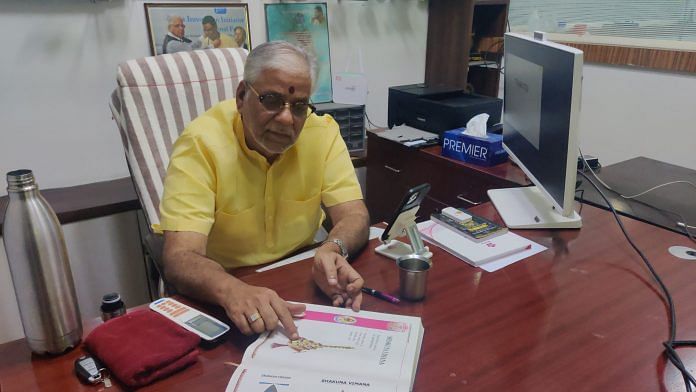



When the government is run by uneducated people, the research & development departments will be open to unscientific methods; which either to bad research, research ch scams that guzzle research grants, & one major implication – science students will lose interest in research.
I do not expect such articles from your publication. Claiming that homas can solve the pollution problem in Delhi is equal to saying that herbal concoctions can cure Covid-19.
The Print is certainly not a mouthpiece of a right-wing group or political party that spreads misinformation.
Sir, its good you are not marketing your creation. You will end up making a mockery of indian science. I am worried our country has so many bright minded resources to waste in figuring out inter plantary travel from ancient texts instead of investing in actual scientific experiments that have higher probability of success.